Lodhi Fort is one of the forts in the vicinity of Ludhiana in Punjab. Locally known as Purana Qila or Old Fort, it is a grand structure which now lies in ruins due to poor maintenance. The fort stands on a large piece of land now encroached from all sides.
What was once the gateway to Sikander Lodhi’s empire and the pride of Maharaja Ranjit Singh, now lies forgotten and in ruins. Surprisingly, a large percent of the local population is not even aware of the whereabouts of this fort. Even though the fort looks like a pretty ordinary ancient structure without invoking much interest of people, it does have a grand past.
On the bank of the river, Sutlej stands the historical marvel — the Lodhi Fort. Built by Sikander Lodhi as his military base 500 years ago, the majestic castle has withstood various natural calamities over the years and is now in ruins but still steals the heart of tourists with its age-old beauty.
In spite of being turned into ruins, the place still reflects the beautiful architecture of the Mughal era which has made it a must-visit out of the places to visit in Ludhiana. Popularly known locally as Purana Qila or Old Fort, the place is surrounded by lush greenery which can be covered in around 3 hours.
Historical Significance of Lodhi Fort
As per the morsels of information collected from various sources, Lodi Fort was constructed by Sultan Sikander Lodhi in the 15th century. Spread in a wide area of 5.6 acres, the Fort was put up on the banks of River Sutlej, which used to flow near it initially but now has changed its course. It looks as if that the destiny of this fort changed along with the route of Sutlej as the land evacuated by the river was incarcerated by people to put up their place of abode. With the increasing pressure of growing population, the encroaching splurge also grew all together.
Later, Sultan Lodhi appointed two of his generals, Nihand Khan and Yusuf Khan, to live in the fort. It was very important to have their possession on the fort as it faced the chief entry route to his empire. The route was later developed as the GT Road, or the Grand Trunk Road, and the tactical value of the fort also grew up with it.
The fort helped the Lodhis, and later on to other Muslims, to make a strong position. Recognizing its importance, the most powerful Sikh ruler Maharaja Ranjit Singh, established a much stronger fortress on the other bank of River Sutlej. In the 19th century, taking advantage of the weak Muslim ruling in Delhi, Maharaja Ranjit Singh managed to take over the fort without much struggle. Nevertheless, with the collapse of his rule, the fort gently went under the control of the British.
Maharaja Ranjit Singh had connected his residential turret across the Sutlej River at Phillaur town with the Lodhi Fort. However, presently, only the entrance of the tunnel is visible and the route is blocked with waste material and debris.
The fort was well maintained during the British reign and even for some decades after Independence. Now, there is no sign or board in the fort that can tell the historical importance of the place. All these years, Lodhi Fort was known to be the ‘Government Institute of Textile and Dyeing Technology.’ However, there has not been any announcement as to what will be done with Lodhi Fort.



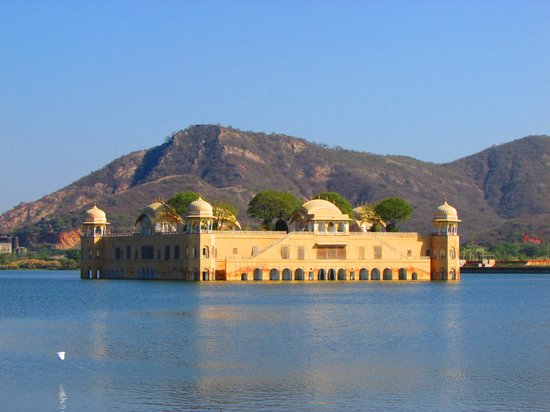
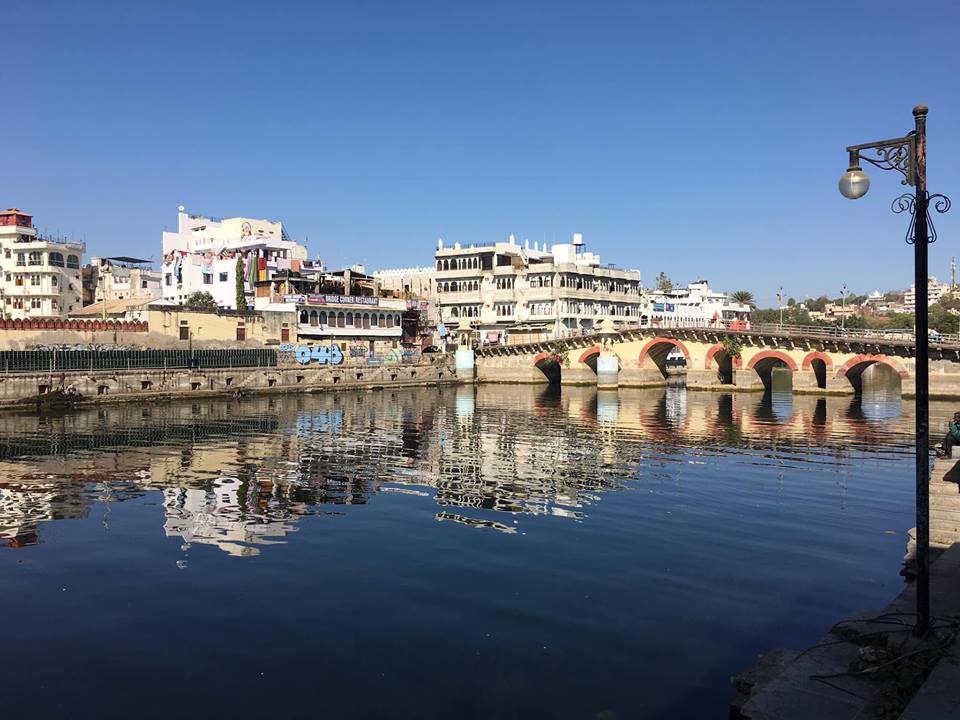
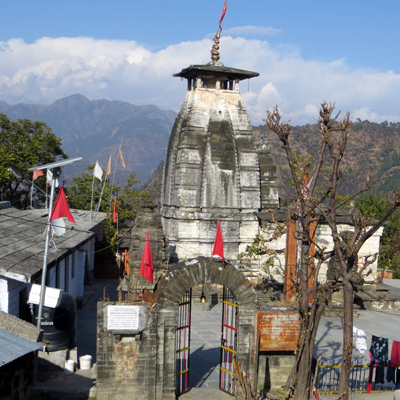

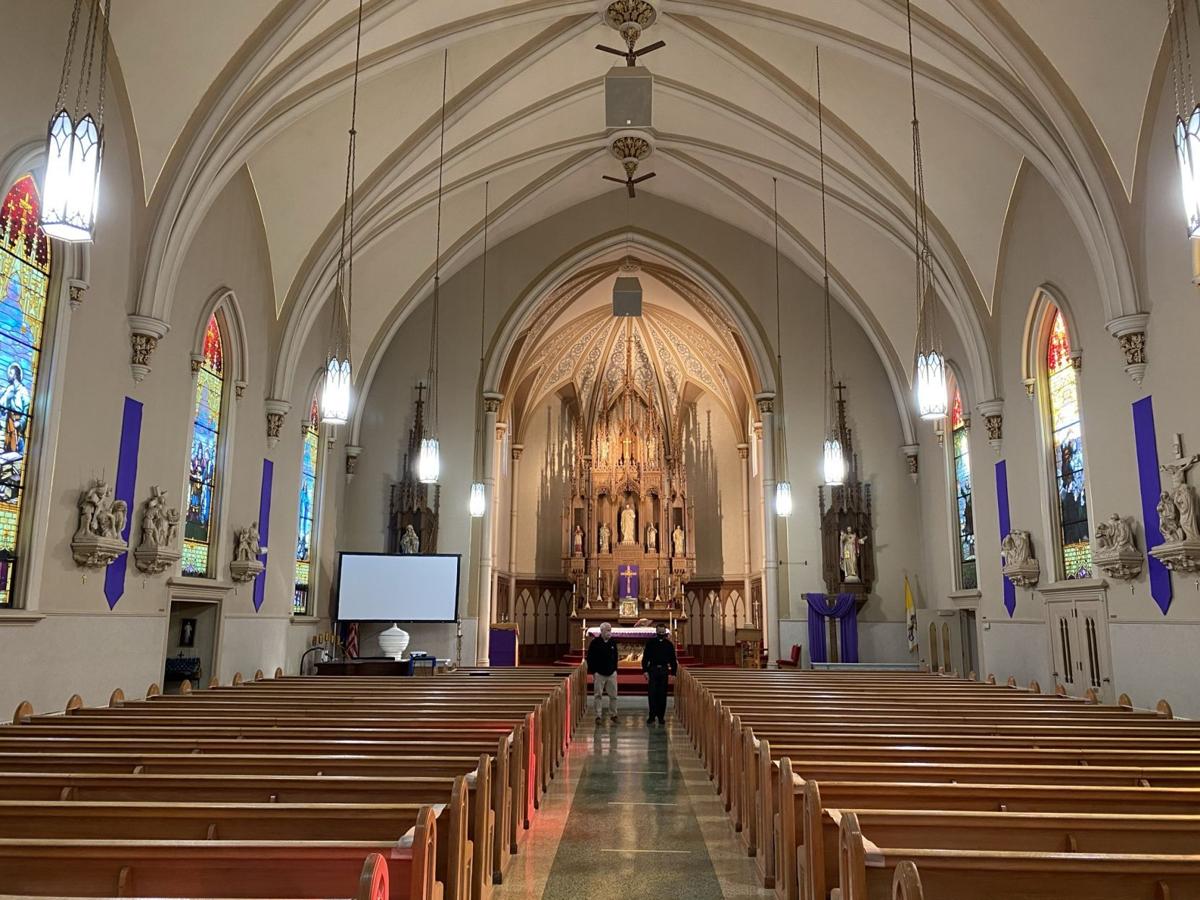

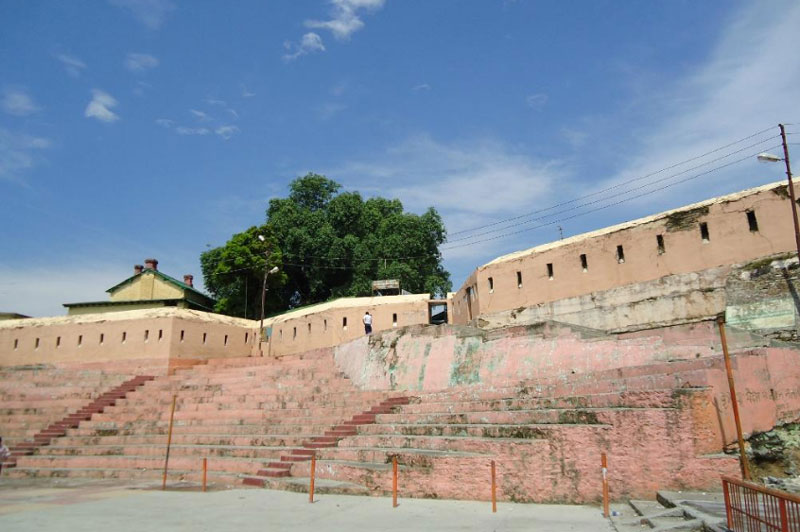



12 Comments
Comments are closed.